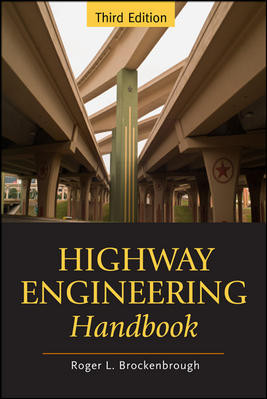How Much Real Engineering Is In TV’s ‘Inspector America’?
A controversial new cable show is thrusting America’s crumbling infrastructure into the spotlight. The debate stems not from the show’s content but from the engineering qualifications of its host, who criticizes others’ engineering and maintenance decisions in the name of public advocacy.

“Inspector America” debuted on Sunday, April 17 on the History Channel. The cable program examines roadways, dams, tunnels, levees, bridges and other structures in six cities to determine what meets building codes and what doesn’t. The show is produced by Original Productions, Los Angeles, which is also responsible for the unscripted reality shows “Ice Road Truckers” and “Deadliest Catch” that focus on high-risk jobs.
Outspoken safety man Timothy G. Galarnyk is Inspector America. In his daily life, Galarnyk is president of Construction Risk Management Inc., St. Paul, Minn. On the air, he casts a critical eye at aging infrastructure like the Interstate-35W bridge in Minneapolis, which collapsed in 2007 and was featured in the program’s premiere episode.
“The bridge hadn’t been maintained and 13 people lost their lives over it,” Galarnyk told ENR. “Everyone involved with that made a huge mistake.” A federal study said that a design error, not maintenance, was to blame for the collapse.
Six episodes have been taped thus far. Drawing in an average 1.5 million viewers, ages 25 to 54, per show, producers shoot about 125 hours of tape per location for every 45-minute episode (one hour with commercial breaks).
The show takes viewers to major metropolitan areas, including Los Angeles, San Francisco, Detroit, Las Vegas and Seattle. It relies on state and federal reports, but it mostly shows the analysis and visual inspections of guests and Galarnyk, who has a Bachelor of Science degree in Occupational Safety from the University of Wisconsin, Platteville. On his resume, Galarnyk notes that he is a licensed engineer in Estonia.
Yet on the show, Galarnyk is seen poking holes in rusty beams, examining water supplies, pipelines, seawall foundations and lagging fire protection. “Our infrastructure is crumbling,” he says. “It’s inexcusable. America is better than this. I hope Congress gets a chance to see how bad things are.”

GALARNYK
Though the show has its share of supporters, some construction experts express disappointment with the choice of host. During an open casting call in 2009, architects, engineers—even an ENR editor—auditioned for the job. A spokesman for the American Society of Civil Engineers, which also tapped its members to audition, says the group applauds the History Channel “for all it is doing to shine the spotlight on the issue of our nation’s crumbling infrastructure.” However, he adds, “It has yet to be seen whether this format will help broaden the conversation about these problems.”
Construction lawyer and author Barry LaPatner is more blunt. “If you’re not a professional engineer, you cannot opine about structural efficiency. It’s a great idea for a show, but the host’s lack of credentials makes it more dangerous than informative.” Some viewers also believe the show is too sensational, and that Galarnyk “spends far too much time reaching for drama,” says Chad Williams, lead civil engineer at Parsons’ Oklahoma City office. “There are a few things that I have learned watching the show, but I find myself arguing with the theatrics.”
Other viewers are happy with the outcome. “Perhaps overstatement is needed to bring public opinion up to a more realistic view—kind of a negotiating tactic,” says Martin Hanson, vice president of Ayres Associates, Eau Claire, Wisc.
Galarnyk acknowledges there has been criticism but replies that “you don’t have to be a meteorologist to know it’s raining outside. I have been in the construction industry for 35 years, which is long enough to tell when things are rusted through.” “Inspector America” helped propel the History Channel to its highest rated month yet in April.




